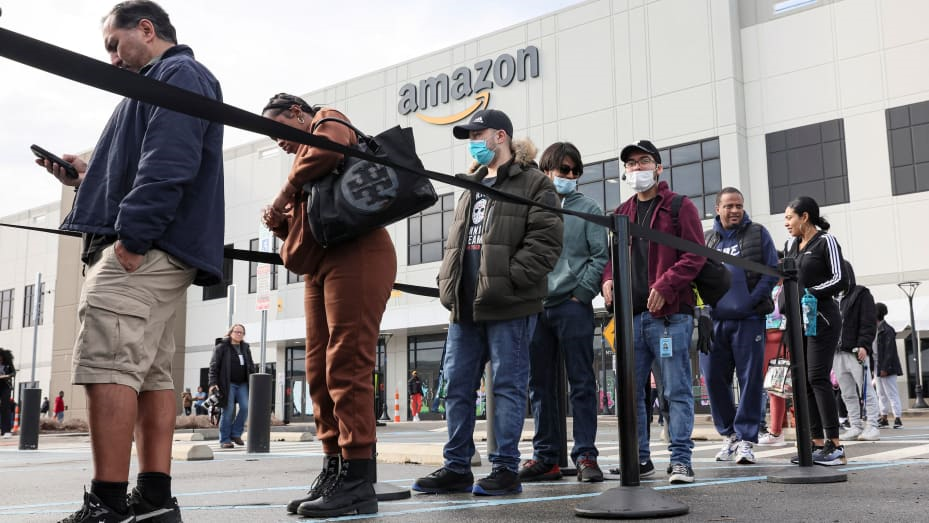Out of about 1.5 million employees, Amazon recently announced it will lay off 18,000 persons from its workforce, with the majority being from its Amazon Stores and PXT organizations.
On its annual planning process for 2023, the e-commerce and cloud giant says the uncertain economic condition in the world today has made this year’s review difficult.
It also affirmed that it had put employees in the know about the reduction since last year, but the number is the surprise. “In November, we communicated the hard decision to eliminate a number of positions across our Devices and Books businesses, and also announced a voluntary reduction offer for some employees in our People, Experience, and Technology (PXT) organization. I also shared that we weren’t done with our annual planning process and that I expected there would be more role reductions in early 2023,” Andy Jassy, CEO of Amazon wrote.
Starting on January 18, the CEO said the affected employees will be communicated with and appreciating them beforehand, he said: “To those impacted by these reductions, I want you to know how grateful I am for your contributions to Amazon, and the work you have done on behalf of customers. You have made a meaningful difference in a lot of customers’ lives. To those who will continue on the journey with us, I look forward to partnering with you to keep making life better and easier for customers every day and relentlessly inventing to do so.”
Speaking further, the CEO explained that these changes will help Amazon pursue its long-term opportunities with a stronger cost structure, with hopes that the company will remain inventive, resourceful, and scrappy in this time of not hiring expansively and eliminating some roles.
“Companies that last a long time go through different phases. They’re not in heavy people expansion mode every year. We often talk about our leadership principle Invent and Simplify in the context of creating new products and features. There will continue to be plenty of this across all of the businesses we’re pursuing. But, we sometimes overlook the importance of the critical invention, problem-solving, and simplification that goes into figuring out what matters most to customers (and the business), adjusting where we spend our resources and time, and finding a way to do more for customers at a lower cost (passing on savings to customers in the process). Both of these types of Invent and Simplify really matter.”







Comments 3